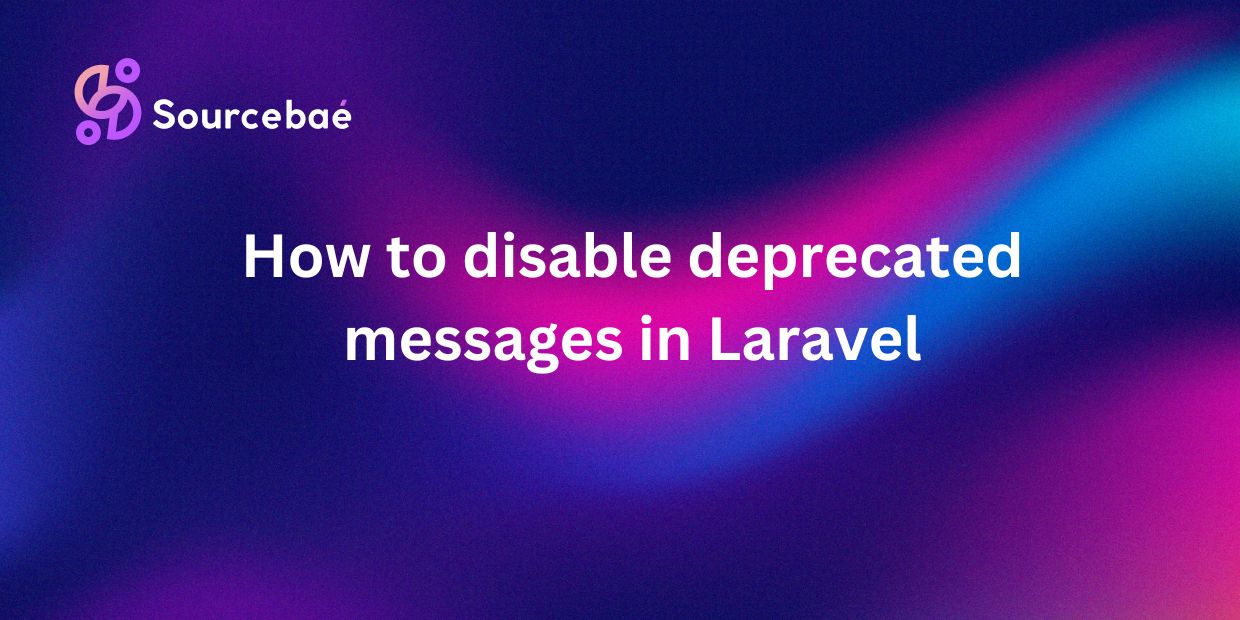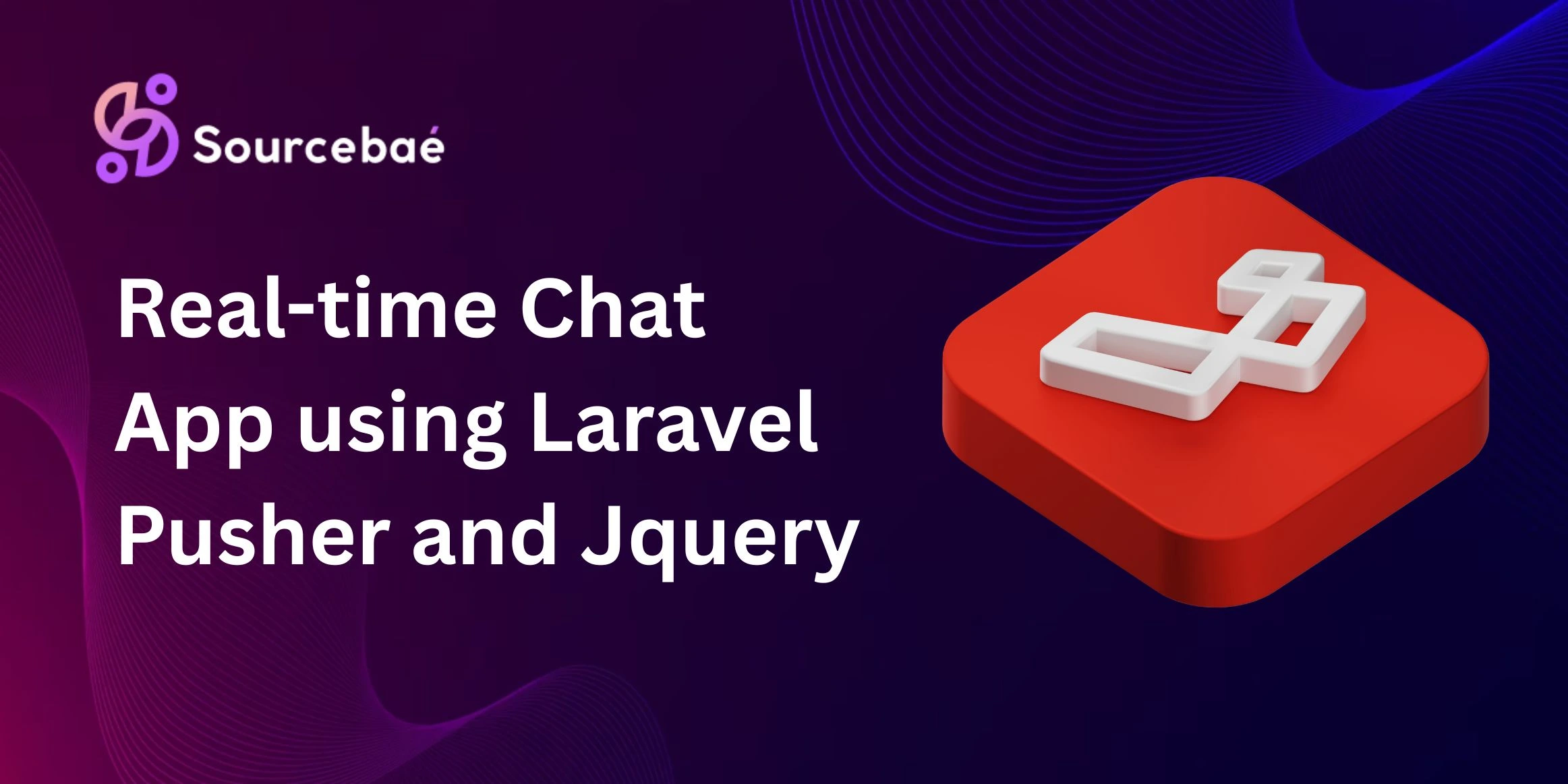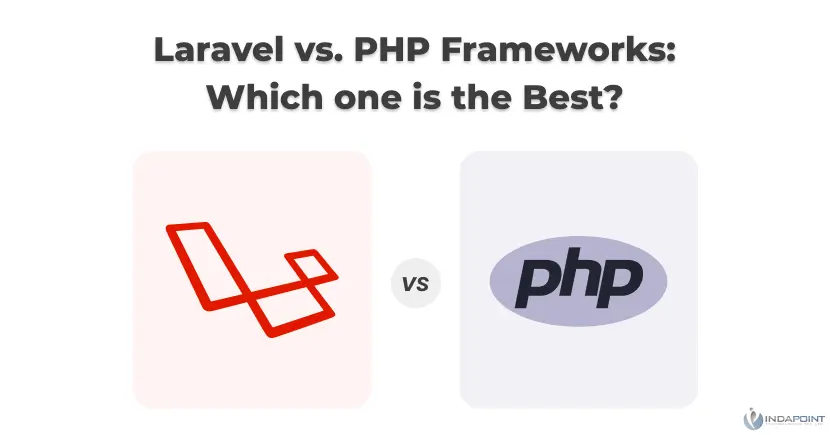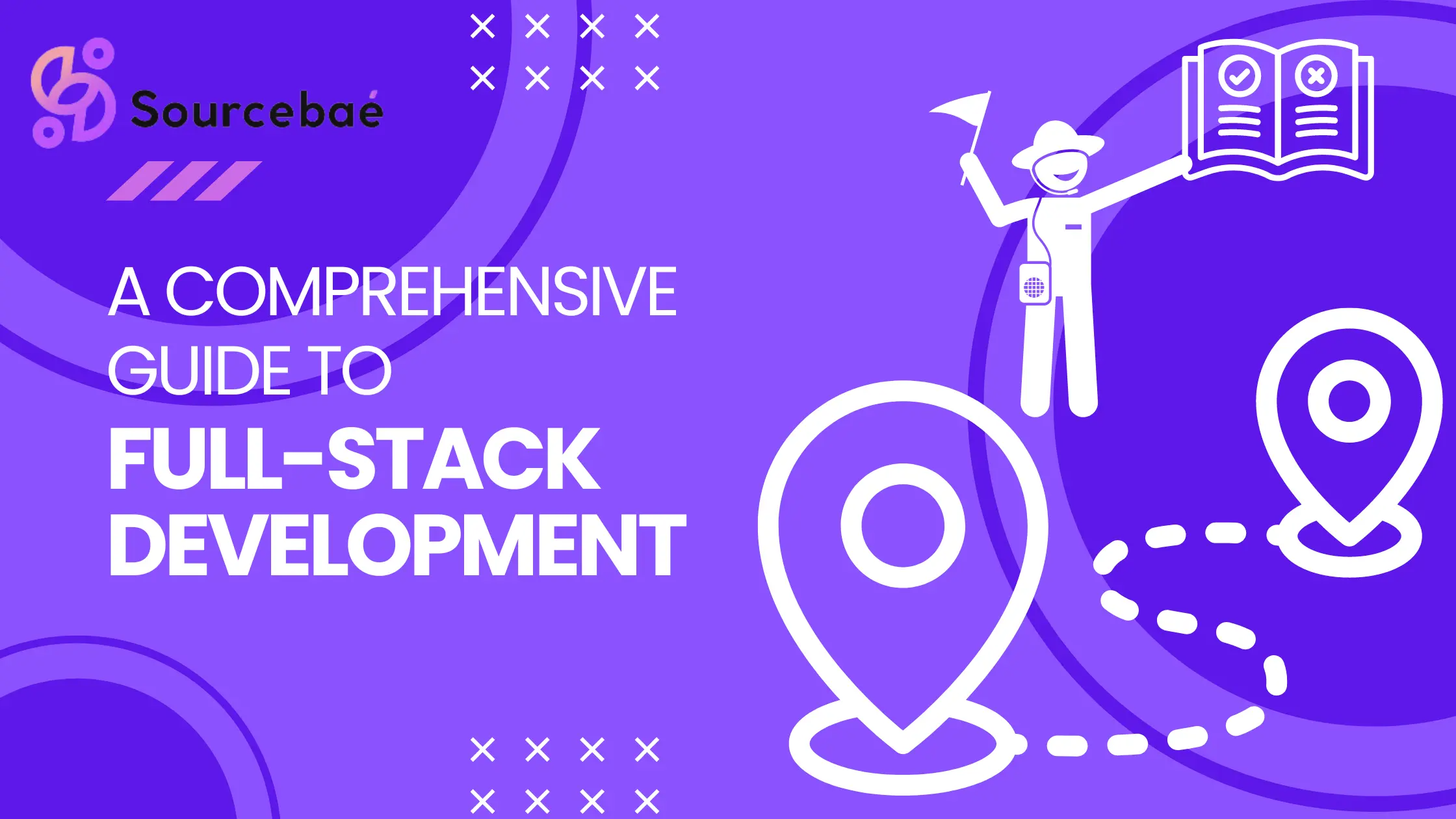Laravel, a popular PHP framework, powers many web development projects. Developers appreciate it for its elegant syntax, simple routing, and powerful tools. To succeed in a Laravel developer interview, you must prepare thoroughly. This article covers some of the most common Laravel interview questions and answers you might face.
Basic Laravel Concepts:
The Model-View-Controller (MVC) architecture is a fundamental concept in Laravel. This architecture separates the application into three distinct parts: the model, which represents the data; the view, which represents the user interface; and the controller, which handles the logic. In an interview, you might be asked to explain the MVC architecture and how it works in Laravel.
Routing is another important concept in Laravel. It allows you to map URLs to specific controllers and actions. The interviewer might ask you to explain how routing works in Laravel and how you define routes.
Blade templating is a powerful tool in Laravel that allows you to create reusable templates. The interviewer might ask you to explain how Blade templating works and how you use it to create reusable templates.
Advanced Laravel Features:
Eloquent ORM is a powerful tool in Laravel that allows you to interact with databases. In an interview, you might be asked to explain how Eloquent ORM works and how to use it to perform CRUD operations on a database.
Migrations are another important feature in Laravel that allows you to manage the database schema. The interviewer might ask you to explain how migrations work and how you use them to create and modify the database schema.
Events and listeners are a powerful tool in Laravel that allows you to create custom events and listeners. The interviewer might ask you to explain how events and listeners work and how you use them to create custom events and listeners.
Testing and Deployment:
Testing is an important aspect of web development, and Laravel makes it easy to perform unit and feature testing. In an interview, you might be asked to explain how testing works in Laravel and how to write test cases for your application.
Deployment is the final step in the development process, and Laravel provides several options for deploying your application. In an interview, you might be asked to explain how deployment works in Laravel and how to deploy your application to a production server.
Troubleshooting and Best Practices:
Troubleshooting and debugging are important skills for any developer. In an interview, you might be asked to explain how to troubleshoot and debug a Laravel application.
Performance optimization is another important skill for any developer. In an interview, you might be asked to explain how to optimize the performance of a Laravel application.
Laravel remains one of the most popular PHP frameworks due to its elegant syntax, robust features, and efficient performance. Preparing for a Laravel interview? Here are the top 10 Laravel interview questions and answers to help you ace it.
What is Laravel, and why is it popular?
Answer:
Laravel simplifies and speeds up web development as an open-source PHP web application framework. It’s popular due to its intuitive syntax, comprehensive ecosystem, built-in tools for tasks like routing, authentication, caching, and efficient database migrations.
Explain Laravel’s MVC architecture.
Answer:
Laravel follows the Model-View-Controller (MVC) architecture, where:
- Model: Handles data logic and database interaction.
- View: Manages the user interface and presents data.
- Controller: Acts as an intermediary, processing requests, interacting with models, and returning views.
What are Laravel migrations?
Answer:
Migrations in Laravel provide version control for your database. They allow developers to create and modify database tables easily, track changes, and share database structures within a team without manual SQL operations.
What is Eloquent ORM in Laravel?
Answer:
Eloquent is Laravel’s Object-Relational Mapper (ORM) that simplifies database interactions using expressive, fluent syntax. It allows developers to perform CRUD operations effortlessly without raw SQL, making code more readable and maintainable.
Explain Laravel’s routing system.
Answer:
Laravel routing allows defining clear and expressive URL routes. Routes direct HTTP requests to corresponding controllers or closures, enabling organized URL management. Routes are defined within the routes/web.php or routes/api.php files.
What are middleware in Laravel, and why are they important?
Answer:
Middleware in Laravel provides a mechanism to filter HTTP requests entering your application. It allows performing actions like authentication, logging, and access control. Middleware enhances security and improves application flow management.
What is the purpose of Laravel’s service container?
Answer:
The service container in Laravel manages class dependencies and performs dependency injection. It helps automatically resolve dependencies, simplifying class instantiation, promoting loose coupling, and increasing code testability and maintainability.How does Laravel handle authentication?
Answer:
Laravel provides built-in authentication with secure implementations out-of-the-box. It includes features like user registration, login, logout, password reset, and authorization. Laravel’s authentication is highly customizable through guards and providers.
What is Laravel’s Artisan CLI, and how does it help developers?
Answer:
Artisan is Laravel’s command-line interface tool designed to streamline development tasks. It helps developers by generating boilerplate code, running database migrations, managing routes, seeding databases, and simplifying many repetitive tasks.
What is Laravel’s Blade templating engine?
Answer:
Blade is Laravel’s simple yet powerful templating engine. It facilitates creating dynamic web pages using easy-to-read syntax. Blade templates provide features like template inheritance, control structures (if-else, loops), and include partial views, enhancing reusability and readability.






